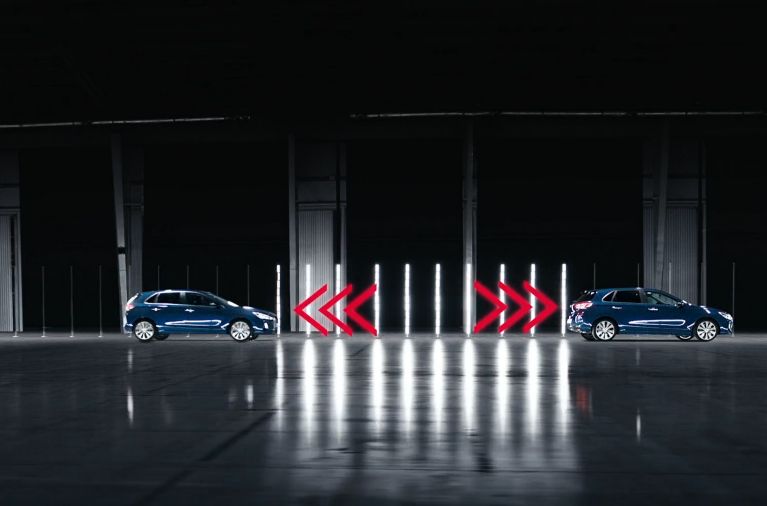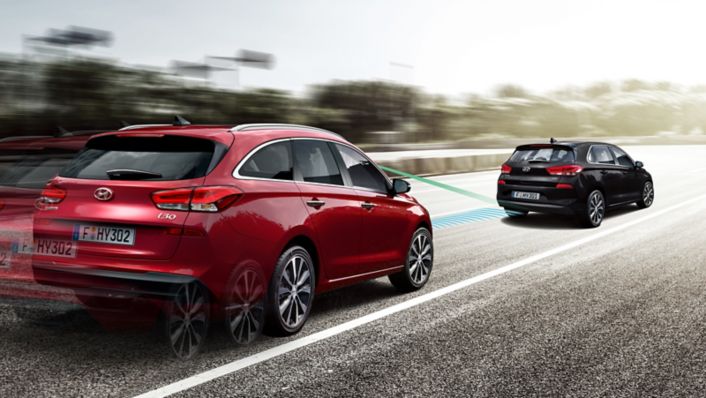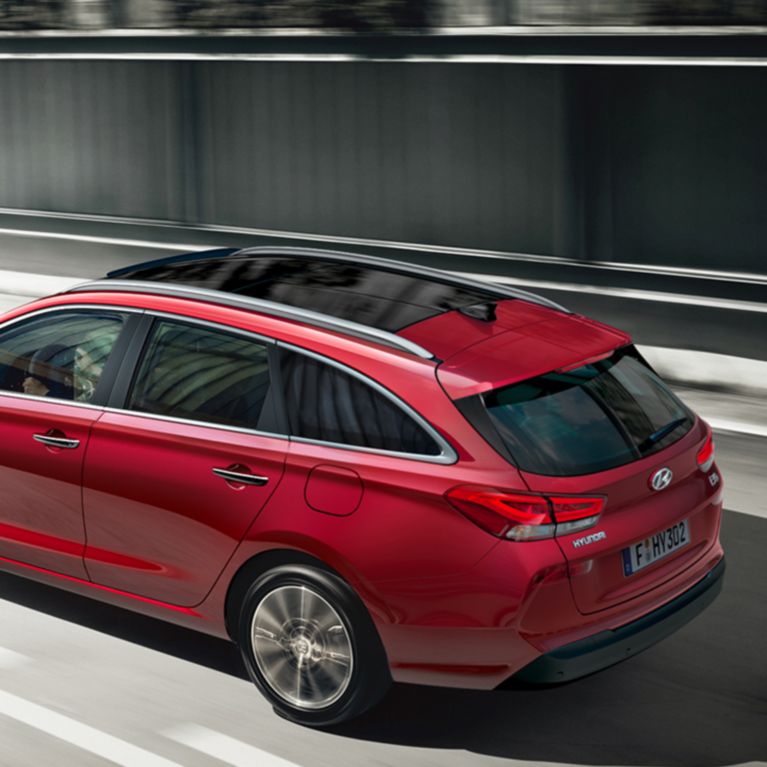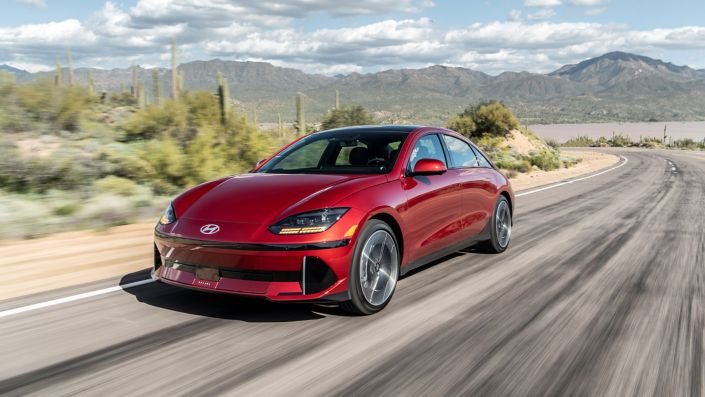Cruise control in our cars is designed to make the driving experience more comfortable, safer, and can even save fuel. So why do so many drivers underestimate it?
Once considered a feature of luxury vehicles, many modern car models now come with some form of cruise control, a system designed to automatically control the speed of a vehicle, often by maintaining a pace pre-set by the driver.
Smart cruise control (SCC) goes further by incorporating other systems such as automatic braking. Using sensors, the car will slow down if the vehicle in front suddenly drops speed, and accelerate again when traffic conditions allow. Advanced Smart Cruise Control (ASCC) uses front radars to maintain a constant distance from the car in front, automatically accelerating or braking to a full stop if traffic comes to a halt.
And yet, a quick visit to online forums on the topic such as Reddit will reveal some driver reluctance to fully using the technology. Some do not like to give up control such as having their foot off the pedal. Others don't fully trust the technology yet.
A Europe-wide data project by euroFOT collected information from around 1000 vehicles on the continent’s roads equipped with some form of smart cruise control or front collision warning (FCW). It found that, in terms of usage, drivers – recent buyers of new cars with the technology - mainly used SCC on motorways where the proportion of kilometres driven with active SCC reached almost 50%.
Over a period of 11 months, the use of the system increased by 31% but interestingly, over the same time period, although the drivers used SCC more, their perception of trust in the system didn’t change according to their ratings in questionnaires, despite positive responses in terms of comfort and safety.
Smart cruise control (SCC) goes further by incorporating other systems such as automatic braking. Using sensors, the car will slow down if the vehicle in front suddenly drops speed, and accelerate again when traffic conditions allow. Advanced Smart Cruise Control (ASCC) uses front radars to maintain a constant distance from the car in front, automatically accelerating or braking to a full stop if traffic comes to a halt.
A question of trust
And yet, a quick visit to online forums on the topic such as Reddit will reveal some driver reluctance to fully using the technology. Some do not like to give up control such as having their foot off the pedal. Others don't fully trust the technology yet.
A Europe-wide data project by euroFOT collected information from around 1000 vehicles on the continent’s roads equipped with some form of smart cruise control or front collision warning (FCW). It found that, in terms of usage, drivers – recent buyers of new cars with the technology - mainly used SCC on motorways where the proportion of kilometres driven with active SCC reached almost 50%.
Over a period of 11 months, the use of the system increased by 31% but interestingly, over the same time period, although the drivers used SCC more, their perception of trust in the system didn’t change according to their ratings in questionnaires, despite positive responses in terms of comfort and safety.

How to use cruise control
Some people are not still quite sure how to use it so what are the advantages of cruise control in our cars and how do you utilise it effectively?
Engaging the system is very straightforward. Cruise control is activated with a button or lever in the car cockpit, usually on the steering wheel. The driver holds their foot steadily on the accelerator pedal so it doesn’t drop speed. When they’ve activated cruise control, once they take their foot off the pedal they may notice that the revs per minute drops but this is normal. A gauge light will also indicate that the system is active. Repressing the button or pressing on the brake pedal will turn off the system and put the driver back in control of the accelerator.
Cruise control is most useful on long drives on motorways or roads with less traffic. It reduces driver fatigue and without needing to keep the foot on the pedal, drivers can easily shift into more comfortable positions. It also ensures that the vehicle stays within the speed limits.
The use of cruise control is not recommended in wet weather but it does have other safety advantages. As stated, smart cruise control uses radars and lasers to measure the distance of the car in front and maintains a safe distance. Cars with Advanced Smart Cruise Control systems incorporating automatic braking such as the New Generation Hyundai i30 will reduce speed or come to a halt if there is a sudden slow down by a vehicle in front.

Fuel efficient and helping the environment
Smart cruise control is also regarded as beneficial to the environment as it results in more homogeneous driving speeds. This is generally regarded as leading to a reduction in fuel consumption and harmful emissions.
European research projects such as SAFESPOT have been looking at future developments of the integration of cruise control with other sensor and connected technology. Where vehicles might communicate with other vehicles or the roadside to transmit data such as position, speed, and braking, SCC systems could respond accordingly. Trucks currently use a system called Predictive Cruise Control where geographical information such as gradients is sent to the vehicle’s navigation system which can then reduce fuel consumption by controlling speed.
According to research, the market for adaptive cruise systems to the year 2021 predicts passenger vehicles to remain the most dominant type using the systems, with predicted growth driven by an increase in demand for autonomous technology and safety features. Europe, along with North America, is expected to remain the biggest market.
With increasing numbers of drivers buying cars equipped with the technology, the use of cruise control is anticipated to grow accordingly, along with Europeans' trust in the system.










